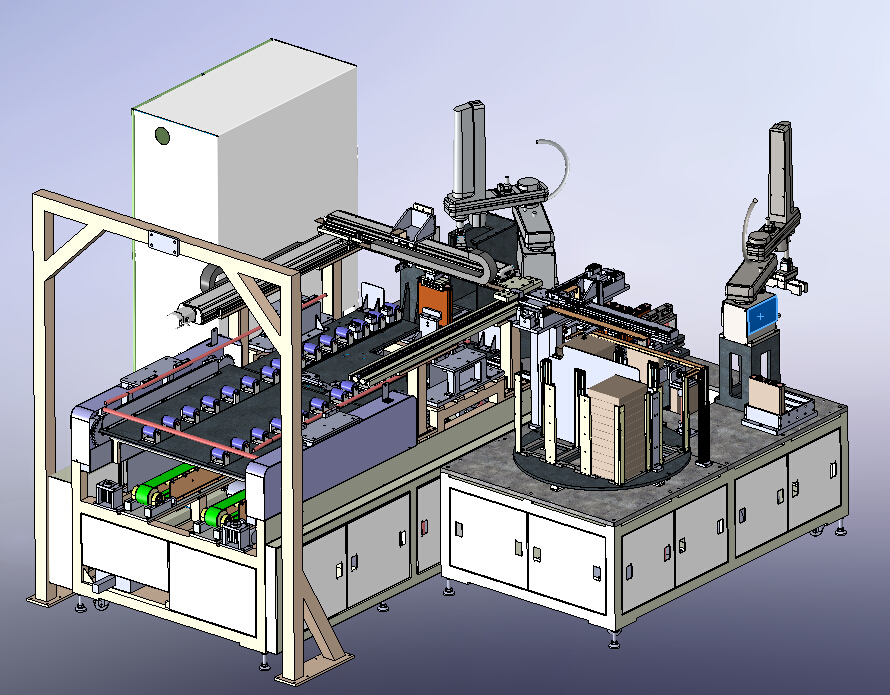When it comes to battery energy storage systems, the importance of cells cannot be overstated. The battery cell is the core component of the battery. Its design and material selection directly affect the energy density, power density and safety of the battery. It is a key element in storing and releasing energy in the energy storage system. It is responsible for converting electrical energy into chemical energy and Release when needed.
Therefore, when developing and applying battery energy storage systems, we must attach great importance to the quality and performance of battery cells to ensure the stability, reliability and long-term operation of the system.
Characteristics of lithium battery cells
Since 2023, large-capacity energy storage cells have been mass-produced and applied in succession, and upgrading and improving cell performance has become an important way for battery companies to innovate in technology. With the accelerated iteration of battery cells, larger-capacity energy storage systems have also become a development trend in the energy storage industry.

At ESIE 2024, energy storage battery companies collectively extended to the energy storage (battery cabin) system link, launching a 5MWh+ Energy Storage System equipped with 300Ah+ battery cells. Combined with the new energy storage products released by many battery companies, the battery cells mainly present the following main features:
The battery cell is enlarged. The capacity of energy storage cells has moved from 300Ah+ to 500Ah+, 600Ah+, and even over-kiloamp-hour cells have appeared.
Technical indicators continue to be upgraded. Focusing on 314Ah batteries, some companies have developed innovative solutions and continued to make breakthroughs in terms of cycle life and energy density. The cycle life can generally reach more than 10,000 times;
The battery cell size specifications have changed. Currently, most of the 300Ah+ energy storage cells on the market still use the size specification of the 280Ah battery cell “71173”, while the size of the 500Ah+ battery cell has changed. The change in battery cell size specification will have a certain impact on the integration process.
The system enters 6MWh+ scale. Battery companies such as CATL, BYD Energy Storage, REPT and other battery companies have launched new 6MWh+ energy storage (Battery Cabin) systems. The companies have focused on #lithium supplementation and bionic self-healing electrolyte technology to significantly reduce the decay rate of battery cells.
Battery safety is paid more and more attention to. We innovate on battery materials, structures, and processes to solve battery safety issues; at the system level, we ensure the safety of energy storage power stations in all aspects through a series of solutions such as electrical design, intelligent monitoring, and fire protection design.
Battery pack integration technology

The battery integration form is closely related to the internal battery cell grouping method. The typical design method is to first assemble several battery cells according to standard sizes to form a battery module, and then install and connect several battery modules to the battery box to form a battery system.
Integrated materials include: aluminum frame, insulation sheet, aluminum row, wire harness carrier, upper cover, collection wire harness, etc. Integrated battery packs generally use bolt connections to securely connect modules and boxes inside the pack. Electrical and assembly gaps need to be reserved between different modules in accordance with design requirements.
MK uses A-grade battery cells and selects different battery cell models (cylindrical, square, soft package) according to customer requirements.
MK battery pack production technology, using automated production

- Automatic feeding and testing to ensure the consistency of battery cores
- Automatic grouping and detection to ensure the consistency and reliability of the module
- Automatic welding to ensure module strength and copper bar connection consistency
- Automatically drive bolts to ensure product consistency
Battery integration technology will continue to develop and progress along with changes in market demand. Battery systems are gradually developing towards fewer parts and integrated integration, achieving a significant increase in battery energy density.
New energy storage not only needs to meet time-scale energy storage needs, but choosing a suitable battery integrated system company should also take into account both technical economy and safety.

